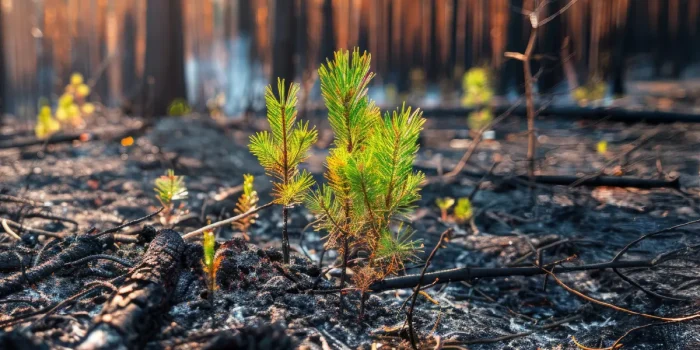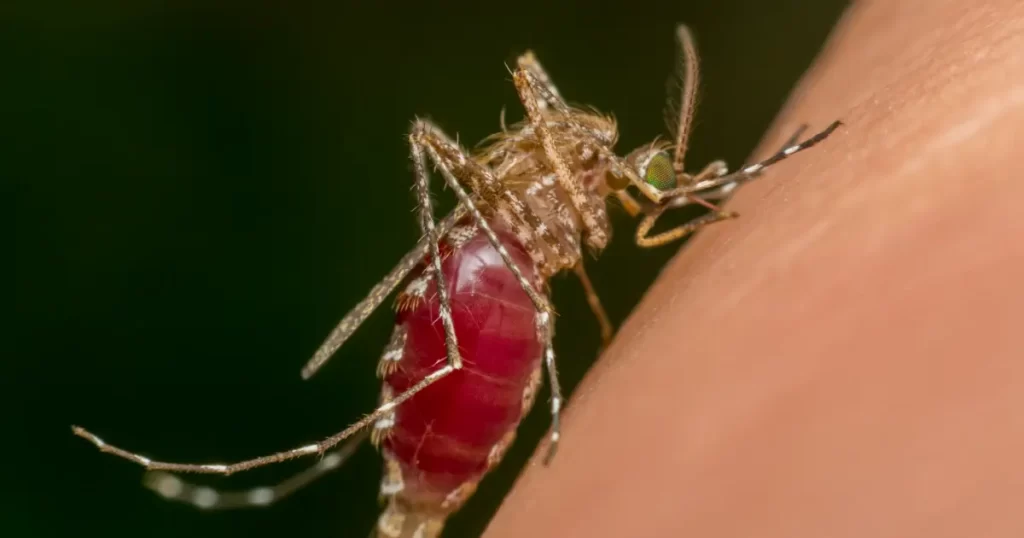Introduction
A wall of flames races through a dry forest as firefighters scramble to protect homes. To many, wildfire means devastation. But in nature, fire can also signal renewal—clearing out the old to make way for the new.
This natural force, often feared, is also an ecological ally. Studying wildfire resilience and recovery reveals how fire, when restored to its natural role and managed strategically, fosters biodiversity, recycles nutrients, and increases resistance to large-scale disasters.
How can we leverage fire’s regenerative power—while protecting communities and ecosystems—from future megafires?
What Is Fire Ecology?
Fire ecology is the study of how fire interacts with the environment—plants, soil, wildlife, and climate. Many ecosystems have evolved with periodic fires as a natural process that supports their health.
These controlled flames:
- Recycle nutrients and reduce fuel buildup
- Open spatial niches for new plant species
- Stimulate seed germination in fire-adapted flora
- Maintain habitat diversity and ecological balance
In savannas, pine forests, and Mediterranean shrublands, species such as the lodgepole pine and certain legumes rely on fire to reproduce. In the absence of these cycles, landscapes become overgrown and unstable—ultimately more vulnerable to destruction [1].
The Cost of Fire Suppression
For much of the 20th century, wildfire suppression was widely practiced. While it was intended to protect human assets, it disrupted ecological balance.
Without fire:
- Dead wood accumulates
- Forest density increases unnaturally
- Invasive species dominate understories
- Fuel loads build, leading to hotter, more destructive fires [2]
Modern land managers increasingly turn to prescribed burns, small-scale fires that reduce fuel loads and reestablish ecological equilibrium before megafires occur. These efforts are informed by science—and by Indigenous communities who have long practiced cultural burning [2].
Fire’s Role in Biodiversity
Though fire can appear destructive, it is essential for biodiversity. Burned landscapes create a mosaic of habitats at different recovery stages, which support a wide range of species.
- Heat from fire triggers seed release in serotinous cones•
- Charred trees become nesting grounds for woodpeckers and bats•
- Ash-enriched soil boosts microbial and fungal regrowth
- Open spaces allow grasses, wildflowers, and herbivores to return [3]
Ecosystem recovery is most successful when fire frequency and intensity match the evolutionary needs of local species.
Wildfire Resilience and Recovery: A One Health Imperative
Wildfires don’t just affect landscapes—they affect lives. A One Health approach considers how environmental health intersects with human and animal well-being.
- Air pollution from smoke worsens respiratory and cardiovascular health [4]
- Mental health suffers under repeated evacuations and trauma
- Water systems become contaminated by ash, heavy metals, and sediment runoff
- Zoonotic disease risk rises as displaced animals move closer to human populations [5]
Wildfire resilience and recovery is not only an ecological strategy—it’s essential for safeguarding public health and future environmental stability. A forest’s ability to burn safely is tied to the air we breathe, the water we drink, and the diseases we may or may not face.
What You Can Do
Strengthening wildfire resilience and recovery begins with community and individual engagement.
- Support prescribed burning initiatives led by scientists and Indigenous stewards
- Promote fire-adapted communities with defensible space, evacuation plans, and education
- Advocate for restoration policies and climate-adaptive land use
- Join reforestation or native plant restoration efforts
- Educate others about fire’s ecological role to shift public perception
Even simple acts—like choosing fire-resistant landscaping or attending a community fire preparedness workshop—can reduce risk and increase resilience.
Every action supports a more balanced, fire-adapted future.
Conclusion
Wildfire resilience and recovery offer a hopeful path forward. When fire is treated as a natural and necessary ecological force—not simply a threat—it becomes a tool for renewal and adaptation.
By restoring fire’s rightful place in nature and managing it responsibly, we protect not just forests, but biodiversity, water, air, and the health of our communities.
Because in nature’s story, fire isn’t just an end. It’s often the beginning.
References
- Aghana Ashini Nature Foundation. (2024) Fire ecology – the role of wildfires in forest ecosystems. Available at: https://aghanaashininaturefoundation.in/wp-content/uploads/2024/05/a10-fire-ecology-e28093-the-role-of-wildfires-in-forest-ecosystems.pdf
- AP News. (2024) US fire suppression created monster blazes, experts say. Available at: https://apnews.com/article/858bf461a5d5816a27ff5d9c6e373f65
- Springer Nature. (2024) ‘Post-fire vegetation recovery and soil restoration’, Ecosystems, 27(3), pp. 421–433. Available at: https://link.springer.com/article/10.1007/s10021-024-00924-x
- Gould, E. et al. (2023) Wildfire smoke and public health, Stanford University. Available at: https://web.stanford.edu/~samhn/papers/Gould%20et%20al%202023%20-%20ARM.pdf
- US EPA. (2025) Zoonotic and environmental health risks after wildfires. Available at: https://assessments.epa.gov/risk/document/%26deid%3D364257













